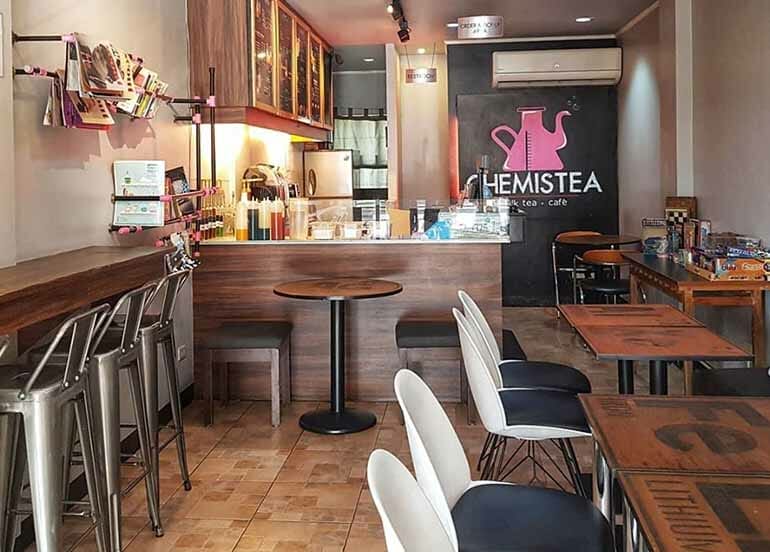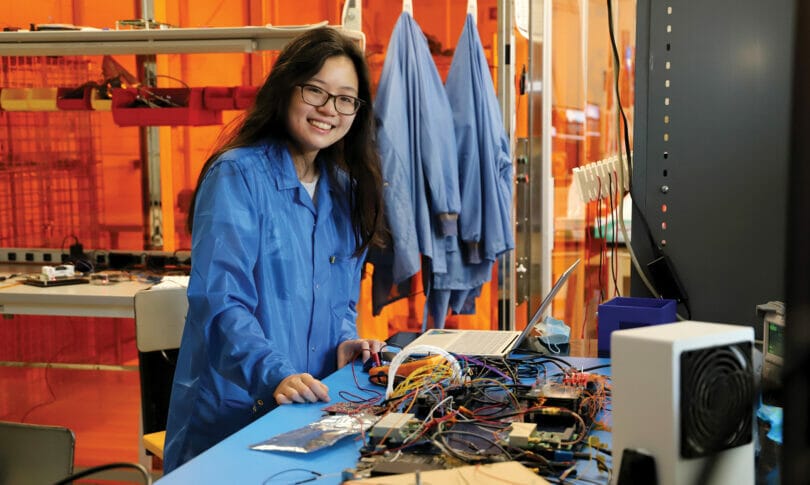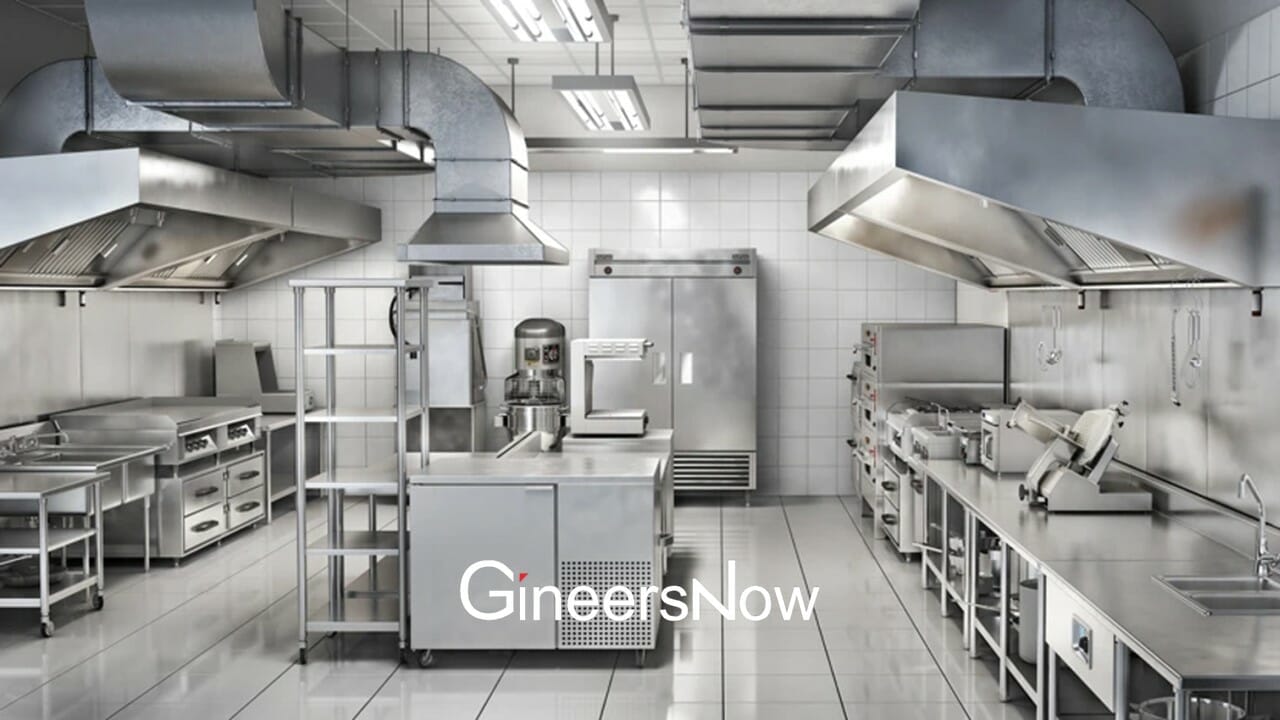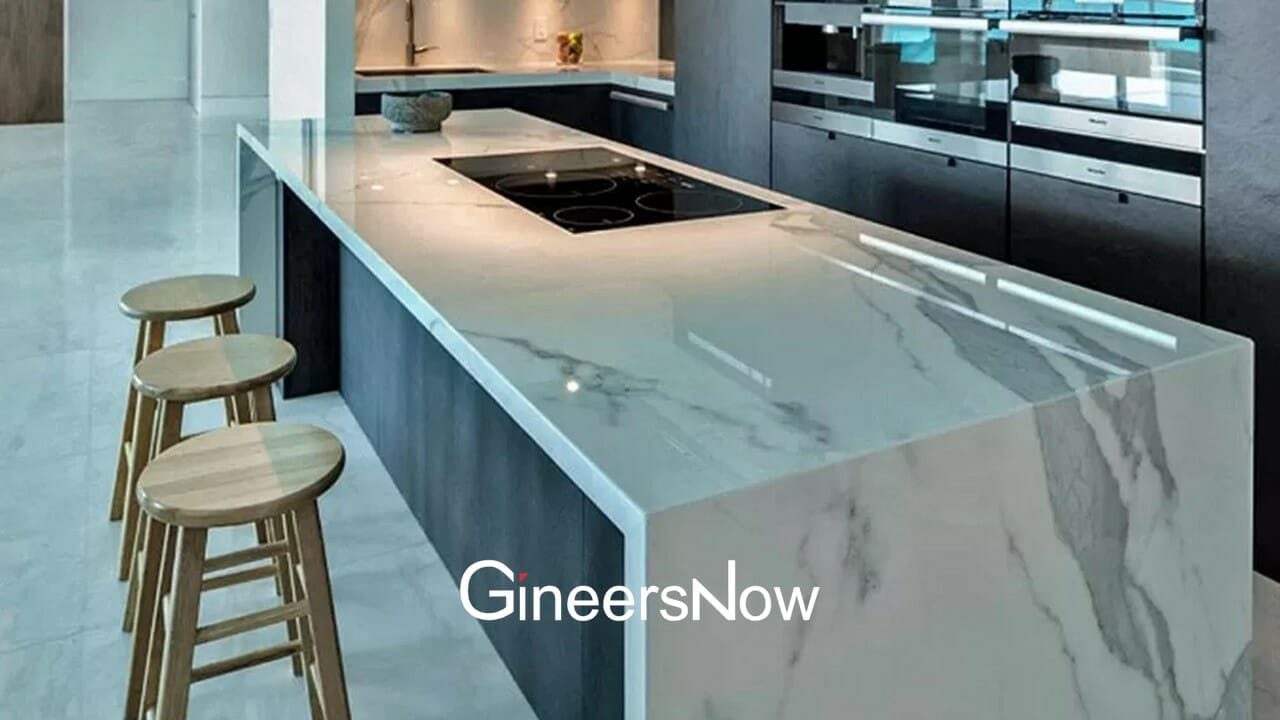Opening a Restaurant: The Many Steps
The food industry can be ludicrously profitable once you make it big. Successful restaurant owners and people who run food-based businesses can rake in thousands in profit almost every month, if not more. However, a common mistake that a lot of people end up making is underestimating just how much work goes into setting up, readying, and ultimately operating a restaurant successfully. The food industry is an extremely competitive and cut-throat industry. The food industry is currently pretty saturated and new restaurants and businesses are popping up every other day, so standing out is pretty difficult.
A lot of restaurants and businesses usually end up having to close up their business within a year or two of their operations, which is honestly depressing. Behind most of the success stories we see, there are a majority of businesses that end up having to declare bankruptcy. So, it is important to have reasonable expectations before actually trying to go ahead and open a restaurant haphazardly. There is a lot of work and planning going on behind the scenes, and it is only by bothering to pay attention to the planning and strategizing phase can successful businesses arise.
If you do want to open a restaurant of your own, you have to spend a good degree of time, energy, and capital on it. Opening a restaurant involves creating a menu, managing and hiring staff, looking into restaurant booths and other seating options, managing finances, and marketing your food and services at all times. This is a lot, and if you plan on doing it on your own, we suggest taking the process slowly and making sure that you have enough financial backing to sustain your restaurant operations and salaries for the first few months because you do not know if you will be making enough or any profit during the first few months of opening.

You want to look into where you plan on opening your restaurant first. It might seem tempting to opt for locations that are smack around the city center, but the problem with these types of locations is that the rent is usually exponentially higher, so that is something to take into consideration. You also do not want to opt for the biggest space either, because again, more space means more rent, more supplies, and more visibly empty tables. A small to medium-sized setup is usually ideal since they tend to look busier, and the rental cost is not that high. Look into areas that are known as unofficial food streets because those areas tend to have more foot traffic. You also do not want a location immediately close to a competitor, so if you are opening a fusion Asian style restaurant, it is probably not the best idea to open like doors away from a more established Asian style restaurant.
Once you have dealt with the location, you want to decide on the theme of your restaurant. The theme of your restaurant includes the type of setup you want, how you want the restaurant layout and look to appear, and the type of menu items you want to promote. There are food and restaurant consultants that you can meet and talk to regarding these details. These people are professionals in the industry and they can provide you with insight and can guide you about what might look more cohesive for your setup. You can have a small pop-up type setup that includes simple chairs and tables and is more so about being creative with your menu, or you can have a fixed or rotating menu that can vary according to the seasons or produce available at that time of year and so on. In terms of themes, it is up to you as to whether you want to cater to a certain age demographic, or if you want a setup that is more inclusive of different age and population demographics. For instance, bright and quirky colors and decor works well for teens and young adults, whereas fine tables, leather seating works better for a more upscale setup. Booths, large tables, and simple decor works great for a family-style restaurant and so on. Booths also work well with certain themes like doing a retro-style interior, or an old-school burger place or diner setup, and so on. Understanding how different styles of paint, seating arrangements, and color schemes complement different themes is important, and this is where your restaurant consultant or interior designer that works with restaurants can help and guide you.
Hiring a designer might seem like an unnecessary step, but a cohesive theme and look is important because clashing interiors does not make for a nice final look for any restaurant. You do not have to buy your supplies and decor from fancy shops though because there are cheaper alternatives and stores that you can buy replicas or just similar-looking material. So, don’t rush to the biggest name store for your supplies unless you want to spend a lot of money or have that kind of money to burn. Do your research, look into smaller businesses and then buy from there. Some restaurant owners even thrift a lot of their decor, so you needn’t get too stressed out in terms of spending too much money on decor.
When choosing furniture, you want to make sure that your choice of tables, chairs, and/or sofas are sturdy, will last you long, are relatively easy to clean, and are also comfortable enough. Uncomfortable furniture is not fun even if it does look great because it cuts off a lot of potential customers from wanting to repeat their visit. So, take your time, look into different furniture options, and then opt for ones that you know will last you longer because you will end up having to get replacements fast if you opt for dainty furniture pieces because people from all walks of life will be entering and using your furniture, and you want to ensure that your furniture is ready to handle that.












